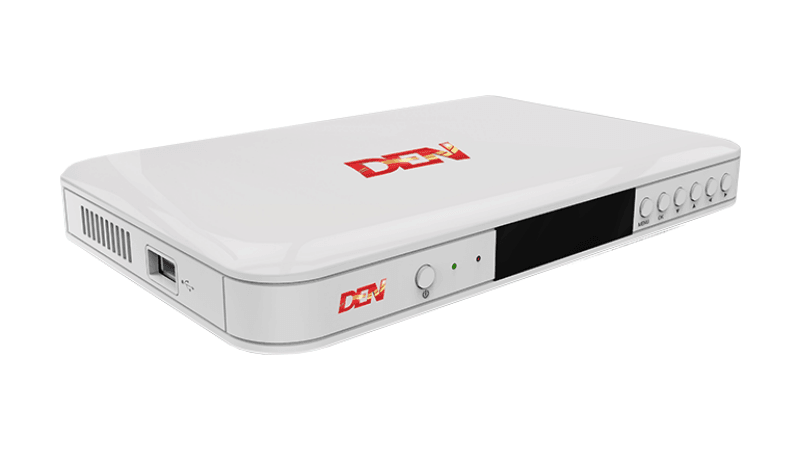New Framework More Transparent for Smaller MSOs The report by Trai also stated that there are around 1100 active MSOs in the country, which in total control about 100 million subscribers. Out of this total number the top 20 MSOs control about 65% share of the subscriber base. As for the LCOs, Trai shared that there are about 100,000 local cable operators across India. Trai Chairman RS Sharma said, “The purpose of this White paper is to identify the issues faced earlier by the small and medium MSOs and the benefits that accrue to them with the introduction of the ‘New Framework’. I am sure that this white paper will give insight into the new regulatory framework and enable cable operators and small MSOs to take advantage of regulations to provide better services to consumers.” Trai said that the new pricing framework empowers the MSOs with the assurance of getting fair prices for channels while negotiating deals with broadcasters. The regulator also added that due to the new structure, the Network Capacity Fee would help the MSOs in better revenue and forecast. These enabling provisions will also help in generating an entrepreneurial wave by the small MSOs. LCOs Will be Able to Come Together to Form MSOs Trai has also noted that the reduced costs of head-end, other equipment and system software (CAs and Subscriber Management System) will enable the LCOs to come together and form an MSO themselves. The regulator asserted that within three months of the new framework, it has already seen a spike in the number of applications for registration as an MSO in the ministry of information and broadcasting (MIB). Sharing some stats, Trai revealed that the MIB received 160 MSO applications, out of which MIB cleared 42 whereas the rest remain in various stages of the process. Trai’s statement in this regard read, “As we all know, competitive markets are more efficient and ensure better service for the consumer at most reasonable market-driven prices. Thus the new framework will usher in better entertainment, more choice and reasonable prices for Television services.” The regulator noted that in the previous framework, there were some obvious challenges for the small and medium MSOs which included lack of return on investment, discriminatory channel prices, no choice in channel or bouquet selection, minimum subscription guarantee delay in provisioning of signals by broadcasters, and lengthy negotiations with broadcasters. However, Trai reiterated saying that the new regime is based on transparent transaction and pricing, protection of consumers’ interests and growth-oriented for the industry.
